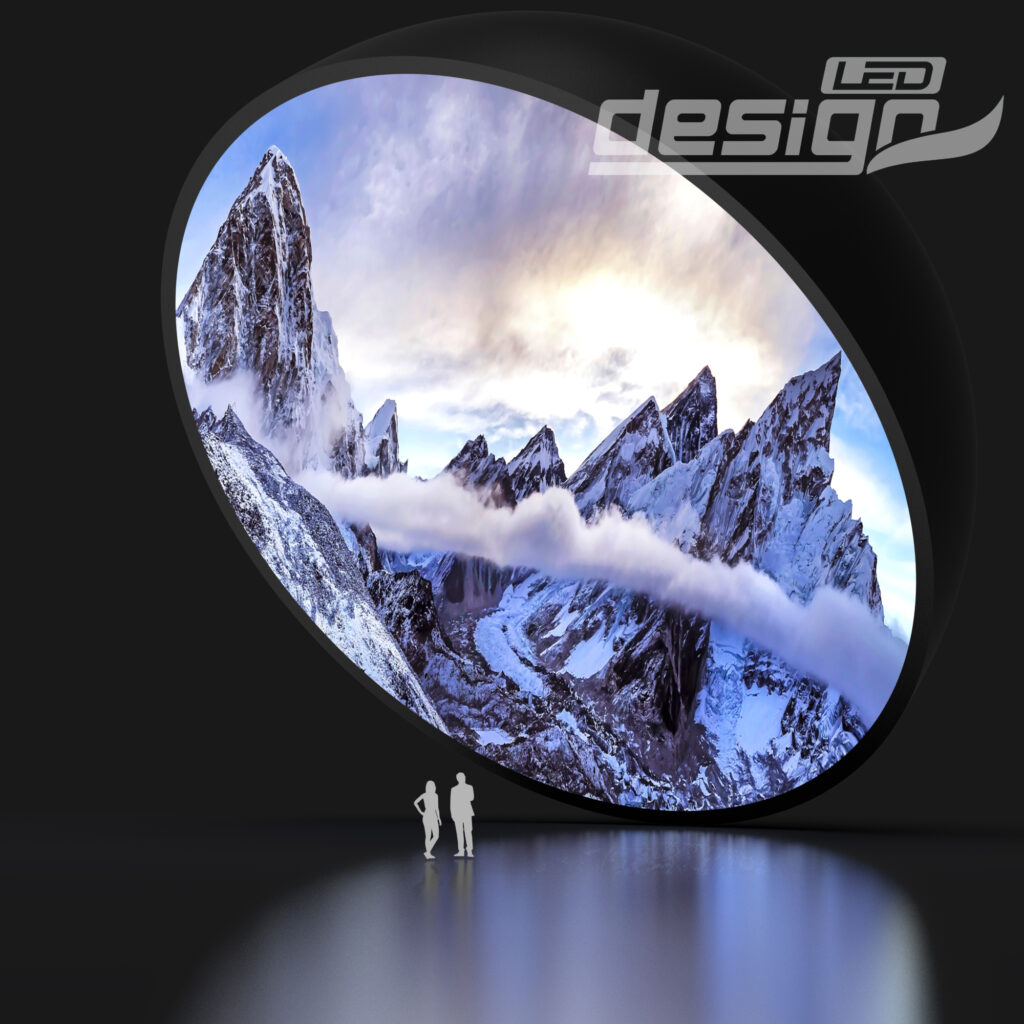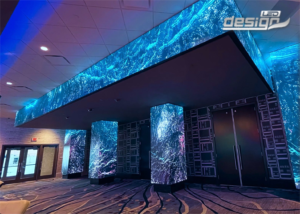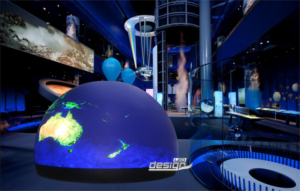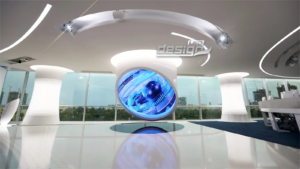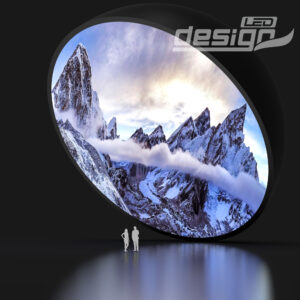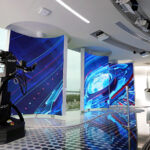Introduction
In the world of astronomy and science education, planetariums hold a special place. These celestial theaters have been captivating audiences for decades, offering a mesmerizing glimpse into the mysteries of the cosmos. However, the technology behind planetariums has come a long way since their inception, with one of the most significant advancements being the adoption of LED dome system. In this article, we will delve deep into the innovative world of LED dome systems for planetariums, exploring their evolution, advantages, and their impact on the way we perceive and understand the universe.
The Dawn of Planetariums
Planetariums have been an invaluable tool for stargazers and astronomers for centuries. The first modern planetarium, the Zeiss Planetarium in Jena, Germany, opened its doors in 1926, using a star projector to recreate the night sky on a domed ceiling. This technology revolutionized the way people could study and learn about the stars.
However, traditional planetarium projectors had their limitations. They were expensive to maintain, and their projection quality was dependent on the precision of intricate mechanical parts. This led to a demand for more efficient and flexible alternatives.
The Emergence of LED Dome Systems
The breakthrough came with the introduction of LED dome system, which began to gain popularity in the late 20th century. LED (Light Emitting Diode) technology offered several advantages over traditional planetarium projectors:
A. Enhanced Brightness and Clarity: LEDs are known for their exceptional brightness and color rendering capabilities. This translates into sharper and more vibrant visuals, allowing audiences to witness celestial phenomena with unprecedented clarity.
B. Versatility: LED dome system are highly versatile, allowing planetariums to project a wide range of content, from traditional star maps to immersive 3D simulations of the cosmos. This versatility opened up new possibilities for educational programs and entertainment.
C. Energy Efficiency: LEDs are significantly more energy-efficient than traditional projectors, resulting in lower operational costs for planetariums. They also have a longer lifespan, reducing the need for frequent maintenance.
The Evolution of LED Dome System
As technology continued to advance, LED dome system evolved rapidly. Today, these systems have become the gold standard for planetariums worldwide. Let’s take a closer look at some of the key advancements that have shaped the modern LED dome systems:
A. Seamless Blending: One of the early challenges with LED dome systems was achieving seamless blending between projectors to create a uniform image across the entire dome. Innovations in edge blending and auto-calibration technologies have addressed this issue, providing a more immersive viewing experience.
B. High-Resolution Displays: Modern LED dome systems boast high-resolution displays, offering audiences an even more detailed and realistic view of the universe. With 4K and even 8K resolution options, the level of detail that can be presented is truly astonishing.
C. 3D Capabilities: Three-dimensional projections have added a new dimension to planetarium experiences. LED dome systems can now create immersive 3D visuals that make viewers feel like they are traveling through space, exploring distant galaxies and nebulae.
D. Interactive Features: Some LED dome systems incorporate interactive elements, allowing audiences to control the content they see and explore specific areas of interest. This level of interactivity enhances the educational aspect of planetarium visits.
Advantages of LED Dome Systems
The adoption of LED dome systems has brought about several advantages for planetariums:
A. Education and Outreach: LED dome systems have transformed planetariums into dynamic educational tools. They enable educators to teach complex astronomical concepts in an engaging and interactive manner, making science accessible to a broader audience.
B. Immersive Experiences: LED dome systems offer unparalleled immersion, taking visitors on captivating journeys through the cosmos. These experiences leave a lasting impression and inspire a deeper interest in space science.
C. Sustainability: LED technology is environmentally friendly, consuming less power and producing fewer emissions compared to traditional projectors. This aligns with the growing global emphasis on sustainability and conservation.
D. Cost Savings: While the initial investment in LED dome systems can be substantial, the long-term cost savings in terms of energy efficiency and reduced maintenance make them a financially sound choice for planetariums.
The Future of LED Dome Systems
The evolution of LED dome systems is far from over. As technology continues to advance, we can expect even more impressive developments in the field. Here are some potential future trends:
A. Augmented Reality (AR): Integrating AR technology into LED dome systems could allow for interactive experiences where visitors wear AR glasses to see additional information and animations overlaid on the dome.
B. Artificial Intelligence (AI): AI algorithms could enhance the realism of astronomical simulations, making celestial objects behave more realistically and adapt to real-time data.
C. Personalized Experiences: LED dome systems may become capable of tailoring content to individual visitors’ interests and knowledge levels, providing a more personalized and engaging experience. Personalized Experiences:
Conclusion
The adoption of LED dome systems has transformed planetariums into state-of-the-art facilities that offer unparalleled educational and entertainment experiences. These systems have come a long way from the early days of planetarium projectors, providing enhanced brightness, versatility, and energy efficiency. As technology continues to advance, we can look forward to even more innovative developments in the world of LED dome systems, further enriching our understanding and appreciation of the cosmos. So, the next time you find yourself gazing up at the night sky in a planetarium, remember that the dazzling display above you is not just a projection but a testament to the power of LED technology in illuminating the mysteries of the universe.
